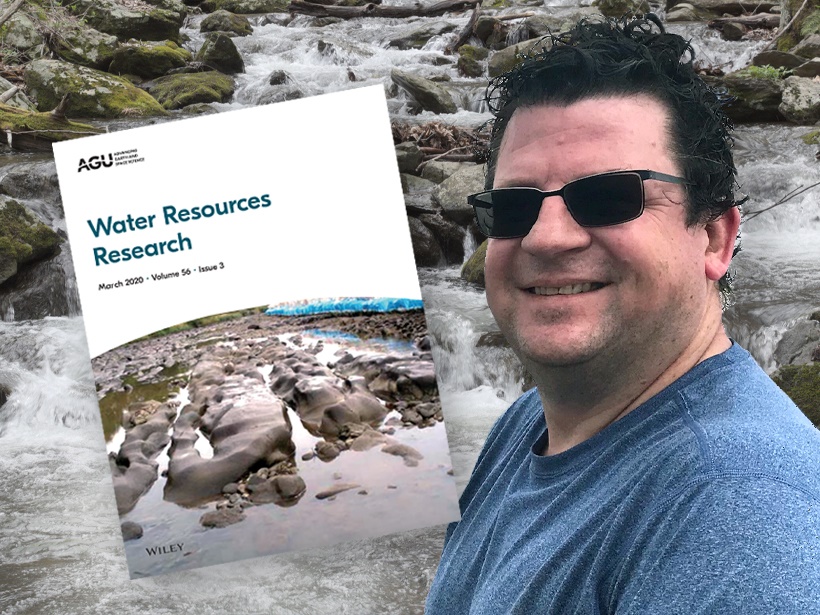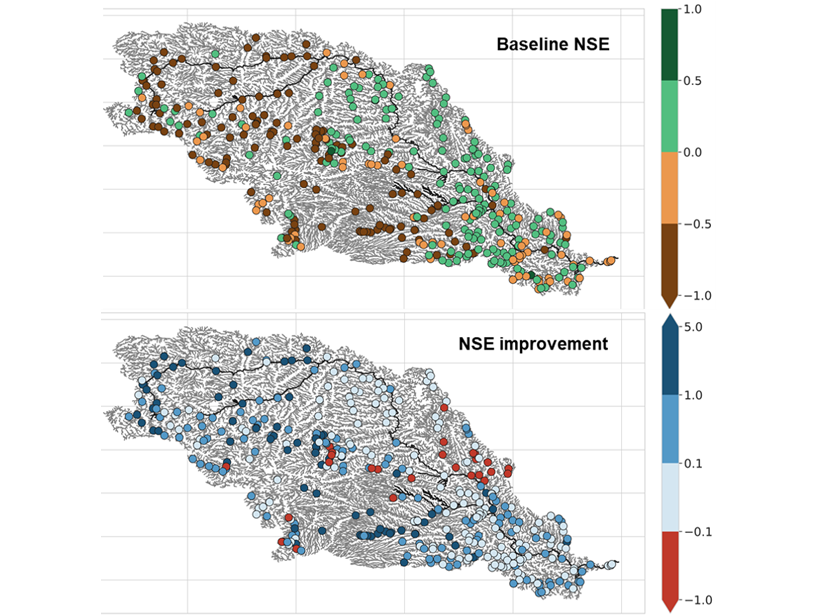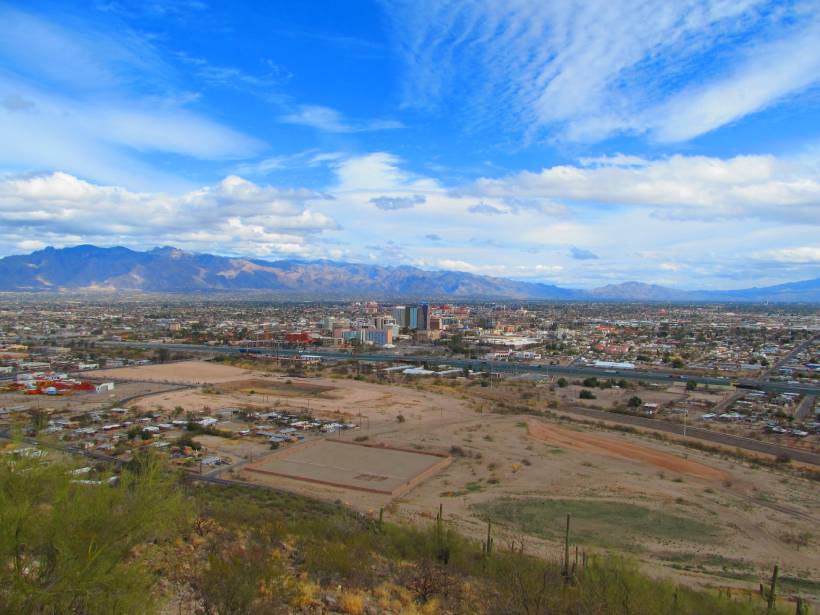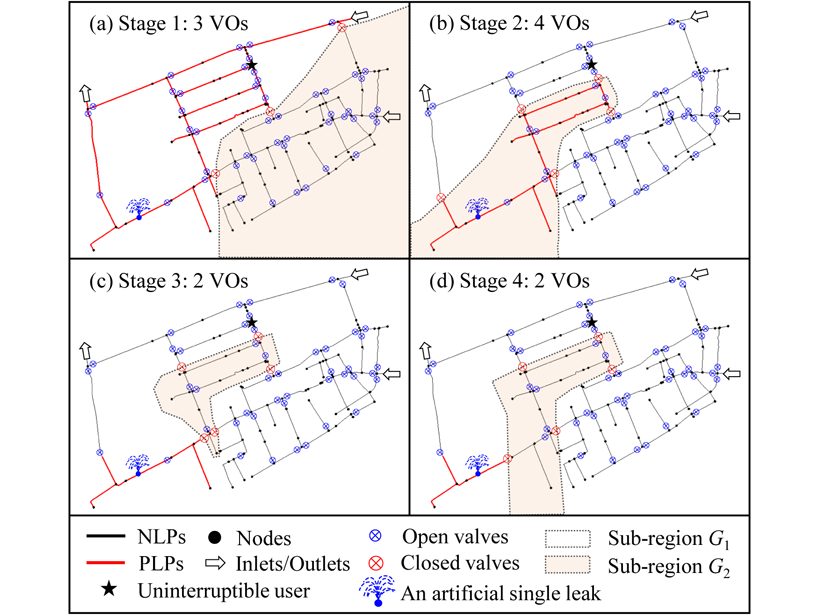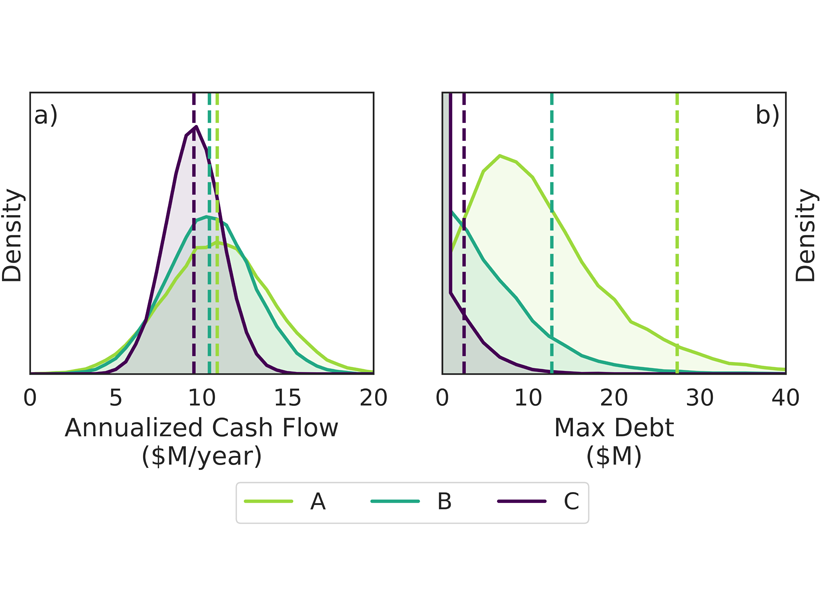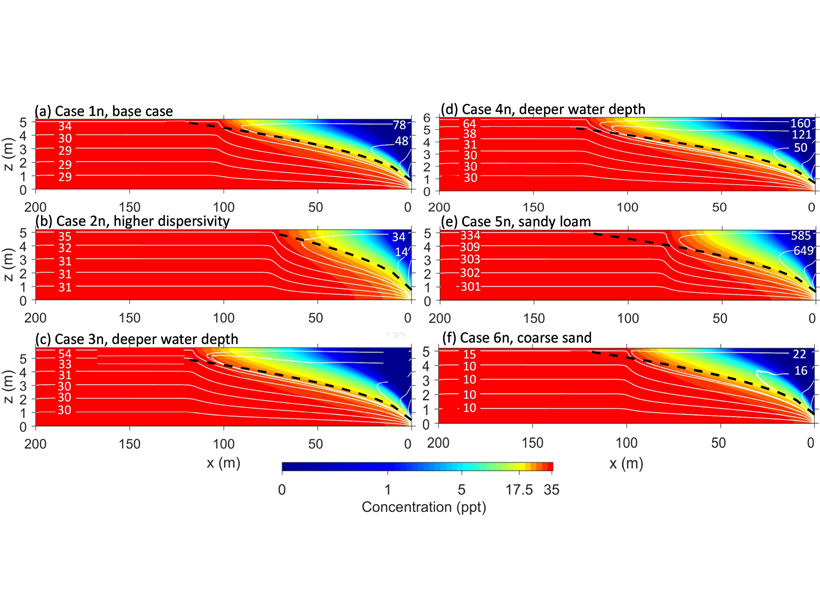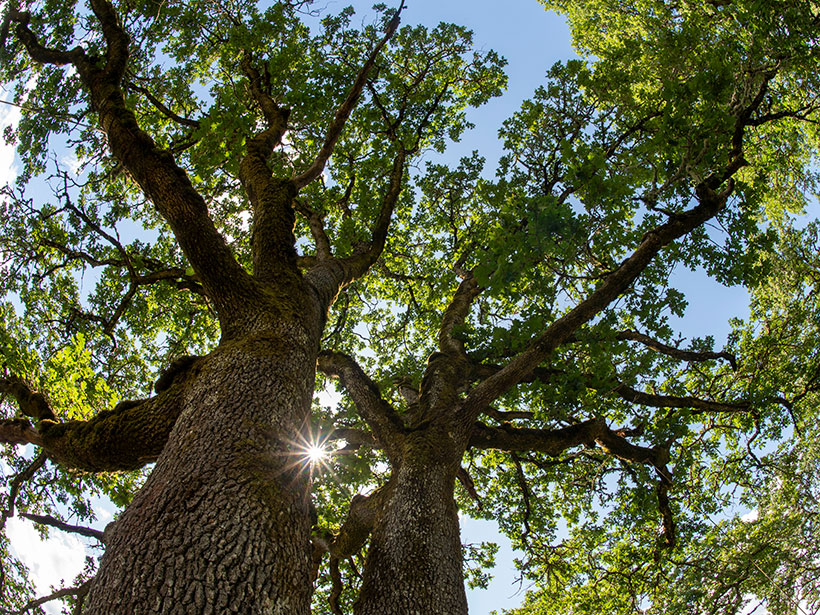Find out about the person taking the helm of Water Resources Research and her vision for the coming years.
Water Resources Research
The Evolution of Water Resources Research
The outgoing Editor in Chief of Water Resources Research reflects on his tenure and expresses appreciation to all those who contributed to the success of the journal.
Gauging Ungauged River Basins with Smart Remote Sensing
A clever combination of hydrologic modelling and discharge estimates from the Landsat satellite provides good discharge estimates throughout the Missouri river basin.
Thawing Permafrost May Cause Streams to Cool
Permafrost thawing associated with climate warming increases contributions to streamflow by deeper, cooler groundwater flow paths, which may result in lower summer stream temperatures.
Big Benefits from Experimental Watersheds
Scientific insights from the Agricultural Research Service’s long-term study sites underpin dozens of models and research methods that guide global land management and conservation practices.
Parsing Routes to Aquifer Recharge Along Mountain Fronts
Research from the Tucson Basin indicates that tracers can be used to distinguish surface and subsurface recharge, providing crucial data to support sustainable water management in arid environments.
A Smart Solution to Find Leaks in Water Distribution Networks
By systematically turning valves off and on in water distribution networks, researchers can locate pipe leaks, which could help to save huge quantities of drinking water.
How to Hedge the Risk of Reduced Snowpack for Hydropower
A new index insurance contract – a financial product innovation seeking to cope with climatic variability – could help hydropower operators to manage climate risks.
Evaporation Reverses Groundwater Flow and Forms Hyper-Salinity
A numerical model of groundwater-surface water systems shows how floodplain evaporation can reverse stream-groundwater flow and produce strong buoyancy changes associated with salinity.
How Some Trees Survive the Summer Dry Season
Oak trees in California seasonally tap moisture in unsaturated soil and weathered bedrock, even when the groundwater table is within reach of their roots.


